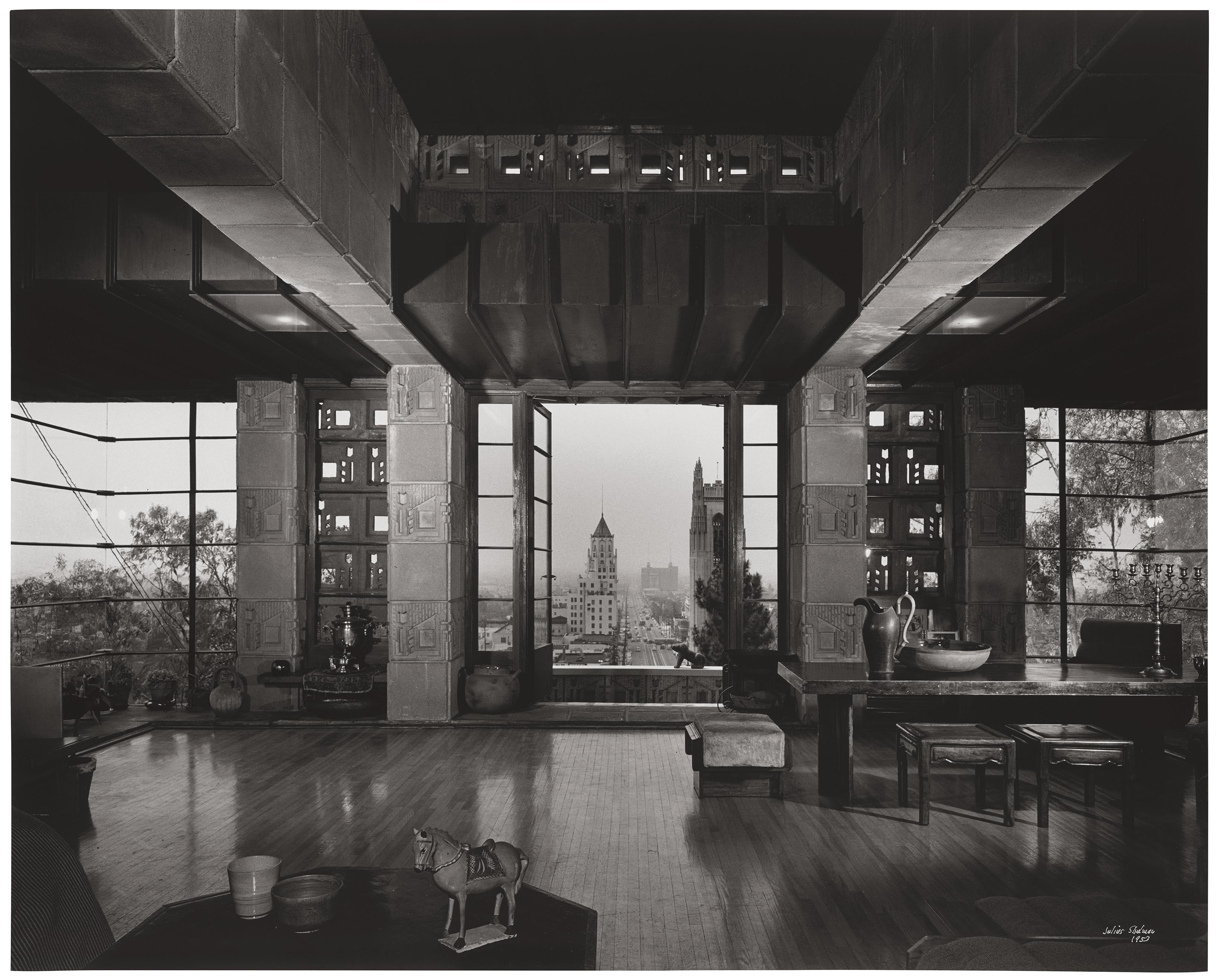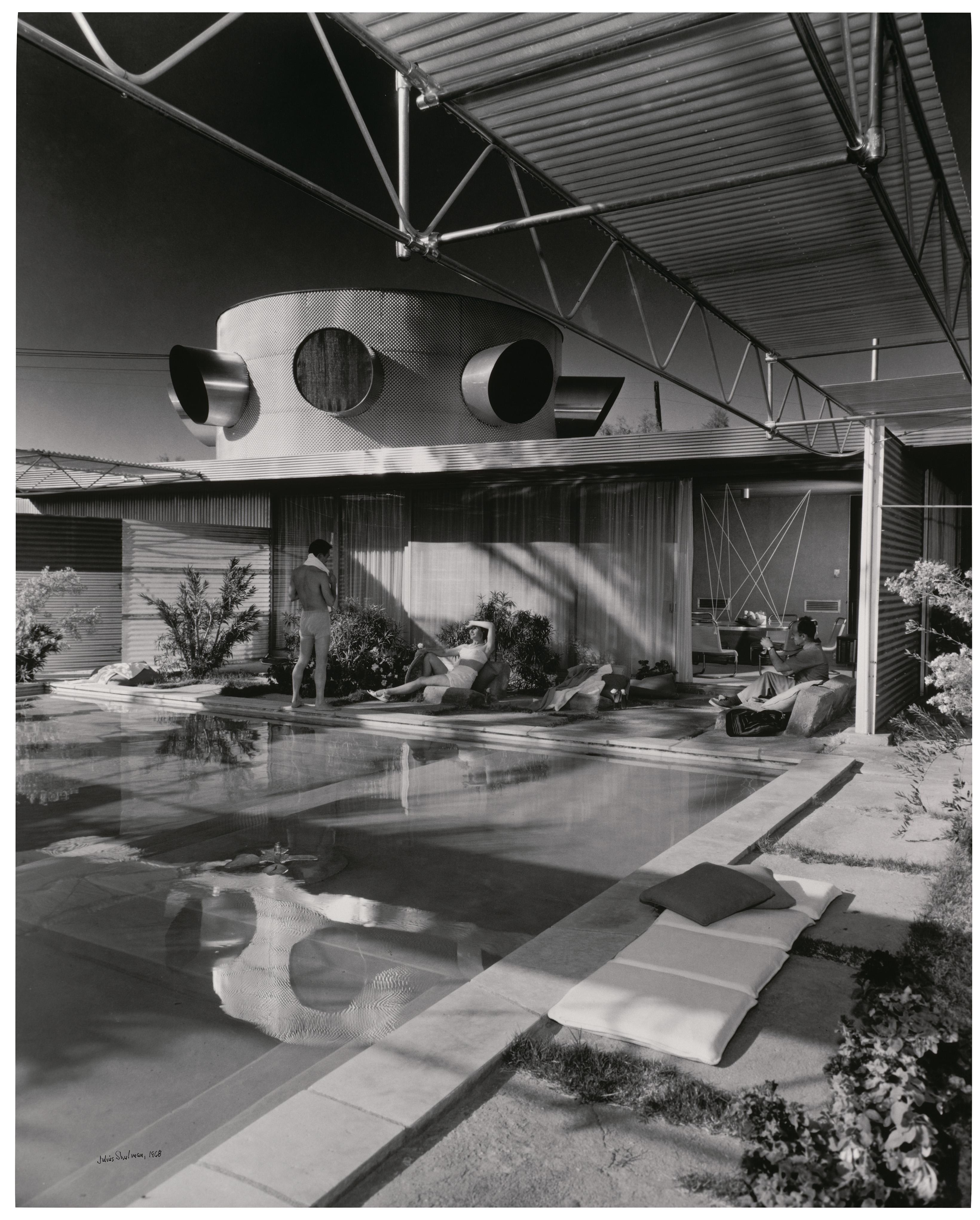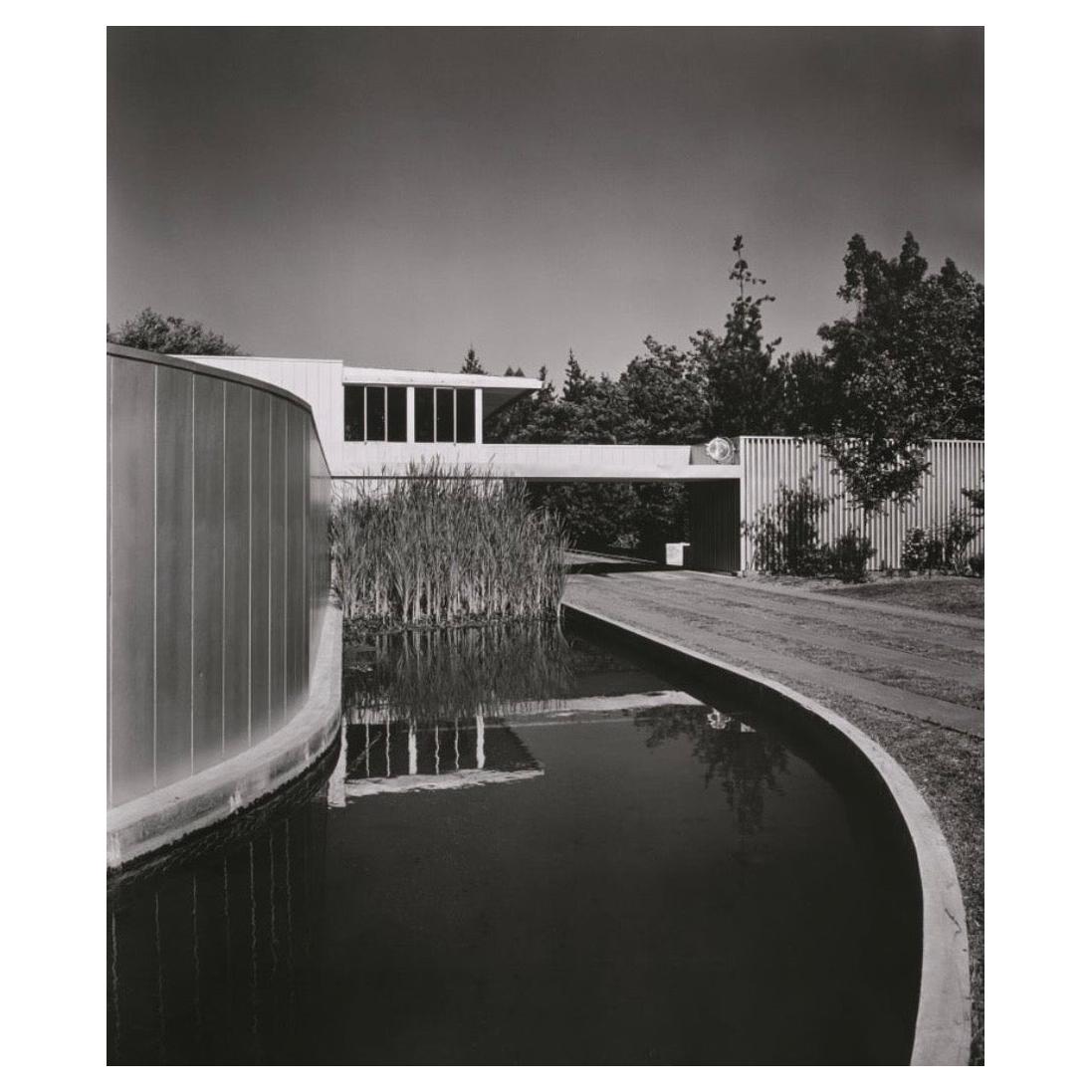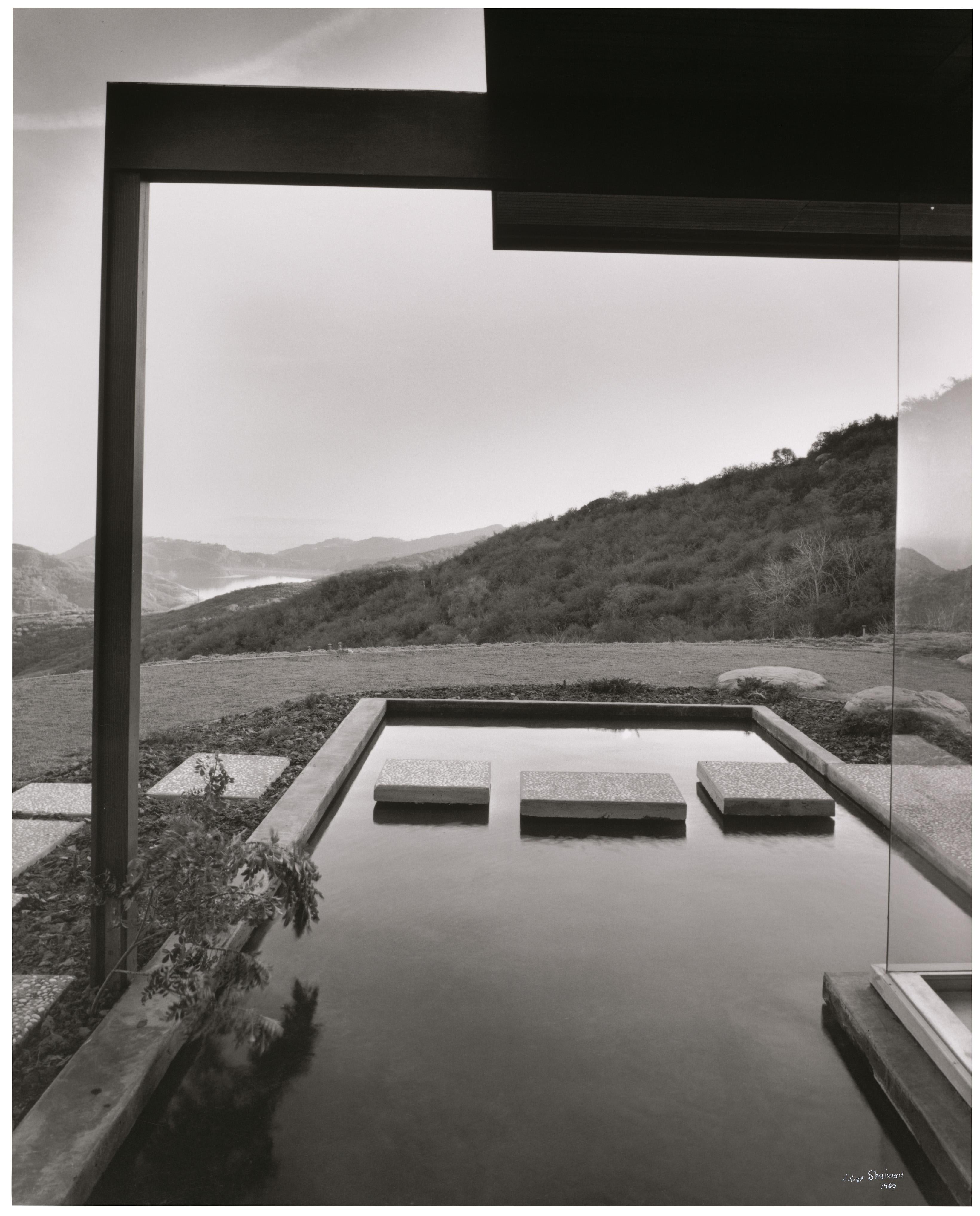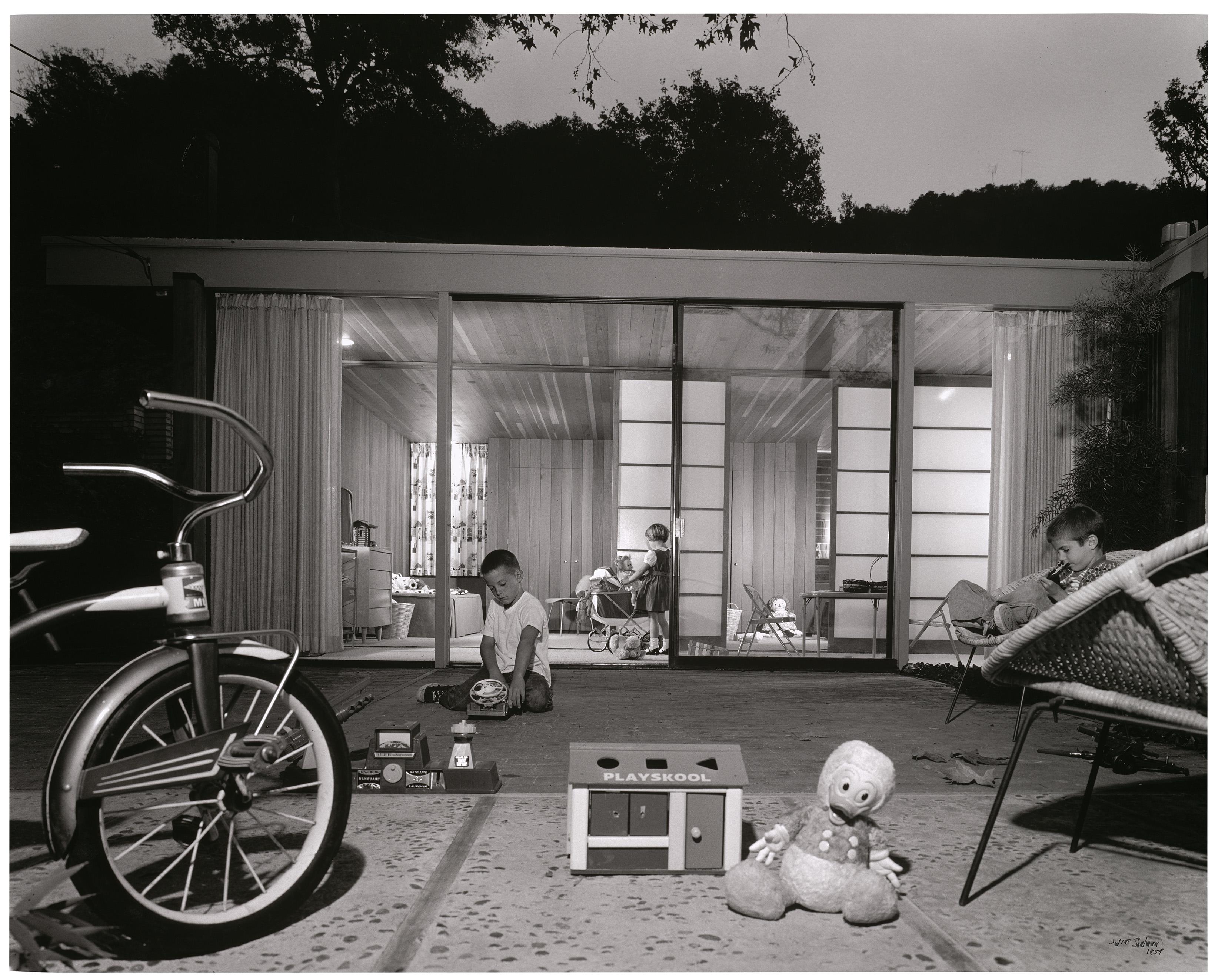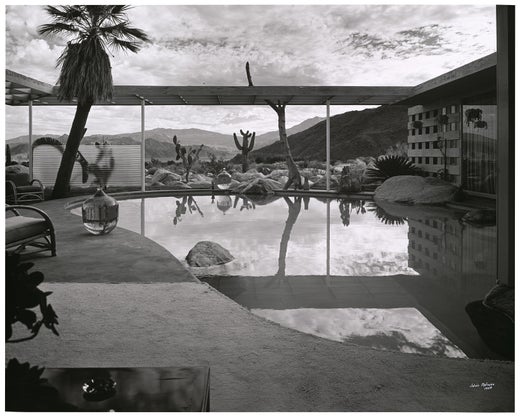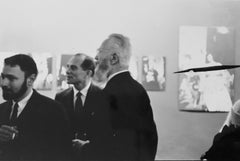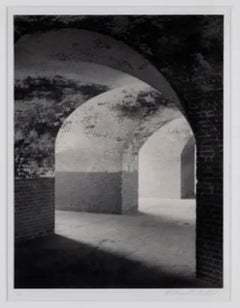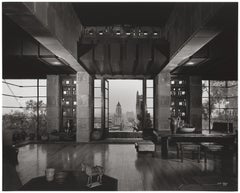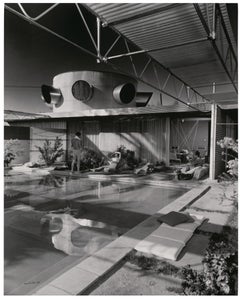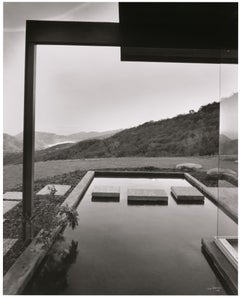Julius ShulmanArchitectural Study - Interior
About the Item
- Creator:Julius Shulman (1910 - 2009, American)
- Dimensions:Height: 8 in (20.32 cm)Width: 10 in (25.4 cm)
- Medium:
- Movement & Style:
- Period:
- Condition:
- Gallery Location:Surfside, FL
- Reference Number:1stDibs: LU38210791002
Julius Shulman
Julius Shulman was an American architectural photographer best known for his photograph Case Study House #22 (Two Girls), Los Angeles, CA (Pierre Koenig, Architect, 1959). The house is also known as the Stahl House. Shulman's photography spread California's mid-century modernism around the world. Through his many books, exhibits and personal appearances his work ushered in a new appreciation for the movement beginning in the 1990s.
Shulman’s vast library of images currently resides at the Getty Center in Los Angeles. His contemporaries include Ezra Stoller and Hedrich Blessing Photographers. In 1947, Julius Shulman asked architect Raphael Soriano to build a mid-century steel home and studio in the Hollywood Hills.
Some of Shulman's architectural photographs, like the iconic shots of Frank Lloyd Wright's or Pierre Koenig's remarkable structures, have been published countless times. The brilliance of buildings like those by Charles Eames, as well as those of his close friends, Richard Neutra and Raphael Soriano, was first brought to light by Shulman's photography. The clarity of his work demanded that architectural photography had to be considered an independent art form.
Each Shulman image unites perception and understanding of the buildings and their place in the landscape. The precise compositions reveal not just the architectural ideas behind a building's surface, but also the visions and hopes of an entire age. A sense of humanity is always present in his work, even when the human figure is absent from the actual photographs.
Many of the buildings photographed by Shulman have since been demolished or re-purposed, lending to the popularity of his images.
Find original Julius Shulman photography on 1stDibs.
(Biography provided by Lions Gallery)
- ShippingRetrieving quote...Shipping from: Surfside, FL
- Return Policy
More From This Seller
View All20th Century Modern Black and White Photography
Photographic Paper
1960s American Modern Black and White Photography
Silver Gelatin
1990s American Modern Black and White Photography
Vellum, Silver Gelatin
20th Century American Modern Color Photography
C Print
1960s American Modern Black and White Photography
Silver Gelatin
20th Century Modern Black and White Photography
Photographic Paper
You May Also Like
Mid-20th Century Landscape Photography
Silver Gelatin
Mid-20th Century Landscape Photography
Silver Gelatin
Mid-20th Century American Mid-Century Modern Photography
Paper
Mid-20th Century Landscape Photography
Silver Gelatin
Mid-20th Century Landscape Photography
Silver Gelatin
Early 20th Century Modern Figurative Photography
Photographic Paper
